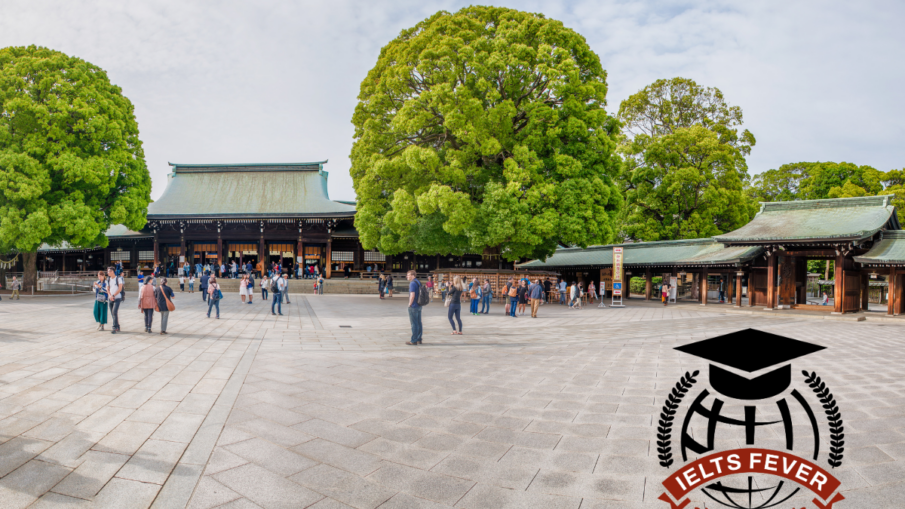Describe a Place that Is Not Visited by Many Tourists
- Where It Is?
- When You Go There?
- What You Can Do There?
- Why Do Few People Know About It/why Do Few People Go There?
The place I’m referring to is a small, serene village called Tirthan Valley in Himachal Pradesh, India.
I usually visit Tirthan Valley during the off-peak season, around late September, when the weather is pleasant, and the area is not crowded.
Tirthan Valley offers a plethora of activities for nature lovers and adventure enthusiasts. You can indulge in trout fishing in the crystal-clear Tirthan River, trek through the lush green forests, visit the Great Himalayan National Park, or simply relax and soak in the tranquillity of the surroundings. There are also quaint homestays where you can experience local culture and cuisine.
Few people know about Tirthan Valley because it is relatively remote and less commercialized compared to other tourist destinations in Himachal Pradesh. The lack of widespread promotion and the challenging accessibility due to narrow, winding roads deter many tourists. However, this seclusion is exactly what makes Tirthan Valley a hidden gem, offering an unspoiled and peaceful retreat away from the hustle and bustle of more popular spots.
Follow Us On The IELTSFever Facebook Page For Latest Updates
Follow-up Questions: Describe an Interesting Place in Your Country that Is Not Visited by Many Tourists
Question 1:- What Kinds of Tourist Sites Are Popular in Your Country?
In my country, India, popular tourist sites include historical landmarks like the Taj Mahal and Jaipur’s palaces, spiritual destinations such as Varanasi and Rishikesh, and natural wonders like the Himalayan region and Kerala’s backwaters. Additionally, bustling cities like Mumbai and Delhi attract visitors with their vibrant culture and markets. These sites offer a diverse range of experiences, from exploring ancient architecture and religious practices to enjoying scenic landscapes and urban life.
Question 2:- What Can Governments Do to Prevent Pollution in Tourist Sites?
Governments can prevent pollution in tourist sites by implementing strict environmental regulations, ensuring proper waste management systems, and promoting eco-friendly practices among visitors and businesses. They can establish designated waste disposal areas, enforce penalties for littering, and encourage the use of sustainable transportation options. Additionally, educating tourists about the importance of preserving natural and cultural heritage, along with regular clean-up campaigns, can significantly reduce pollution and maintain the beauty of these sites.
Question 3:- What Are the Advantages of Visiting Less Known Places?

